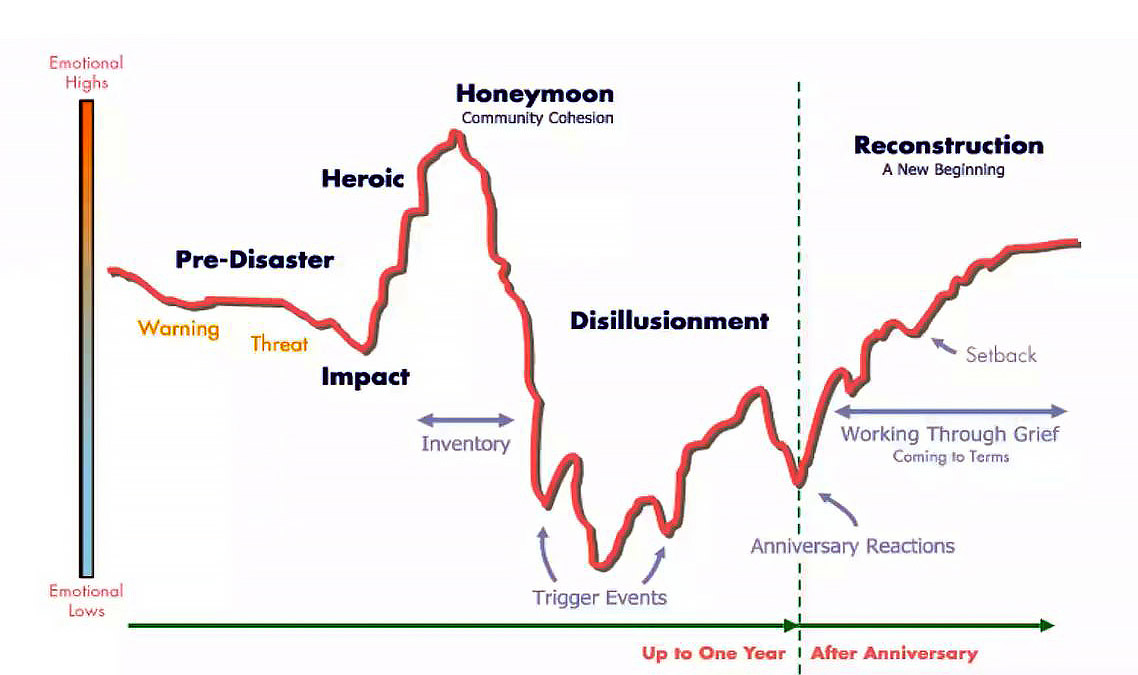Media Releases
Enhancing our understanding of disasters
Media Releases

In her Professorial Lecture, Professor Caryn West explored different types of disasters, including their implications and impacts.
2020 has been an unrelenting year. So, it has perhaps never been more relevant to talk about Resilience in the Face of Disaster, as Professor Caryn West – Dean of Research at James Cook University in Singapore – discusses in her Professorial Lecture. Drawing upon her knowledge of disaster management, she shared about the nature of various natural and man-made disasters, learning from lessons of past disasters, and much more.
It may be tempting to think that life in Singapore is safe from disasters. After all, the island nation is unlikely to experience natural disasters such as earthquakes, hurricanes and volcanic eruptions thanks to its geographical location. And when it comes to “high consequence, low probability” event decisions like facing a disaster, the common response is that “It won’t happen to me.”
However, the truth is that Singapore still experiences disasters on occasion – from annual flash floods during the monsoon season, to something more recent and large-scale like the COVID-19 pandemic.

(Figure depicting the impact of emotional loss experienced, over an 18-month period, due to a disaster.)
Disasters can have ongoing impacts that last well over two-and-a-half years, including emotional problems and hyperactivity/inattention issues in child survivors. Disasters can also trigger behaviours such as an increase in antidepressant usage, suicide and self-harm incidents, domestic violence and even the decision to relocate.
In order for communities to recover and for us to mitigate the impacts of future disasters, it is imperative that we enhance our understanding (and in turn, preparedness) of disasters.
Professor West says, “Understanding the context of a culture, region, religion, and even the history is necessary to predicting the impact on a population and the surrounding environment. By assigning history to a disaster, we can create a story that’s complex yet intrinsically detailed, and we can pinpoint moments and decisions where things might’ve been different, decisions that were made that put people in danger, and contingencies that were put into place aimed at creating stability within the chaos and that possibly saved lives.”
She adds, “But most importantly, what we’re doing is we’re creating a map that ensures change in the future. In most cases, when we look at disasters through a historical lens – poor outcomes are not due to cosmic bad luck or divine retribution, but they are the product of human history and human decisions. What history does well is to help us find precedence to make sense of the now, and identify the successes and failures of the past, and the lessons that we’ve yet to learn.”
Disasters affect each of us differently. It is important to understand them and the impacts that they may have, as well as to seek help where necessary. As Professor West puts it, “We can’t control the disaster, but we can certainly control how we respond to it.”
Look forward to more insightful Professorial Lectures from James Cook University in Singapore in 2021 and beyond.
Check out Professor Caryn West’s staff and research profiles.
Discover further information on areas of research and research strength at James Cook University in Singapore.
Contacts
Research: Professor Caryn West [email protected]
Media: Pinky Sibal [email protected]